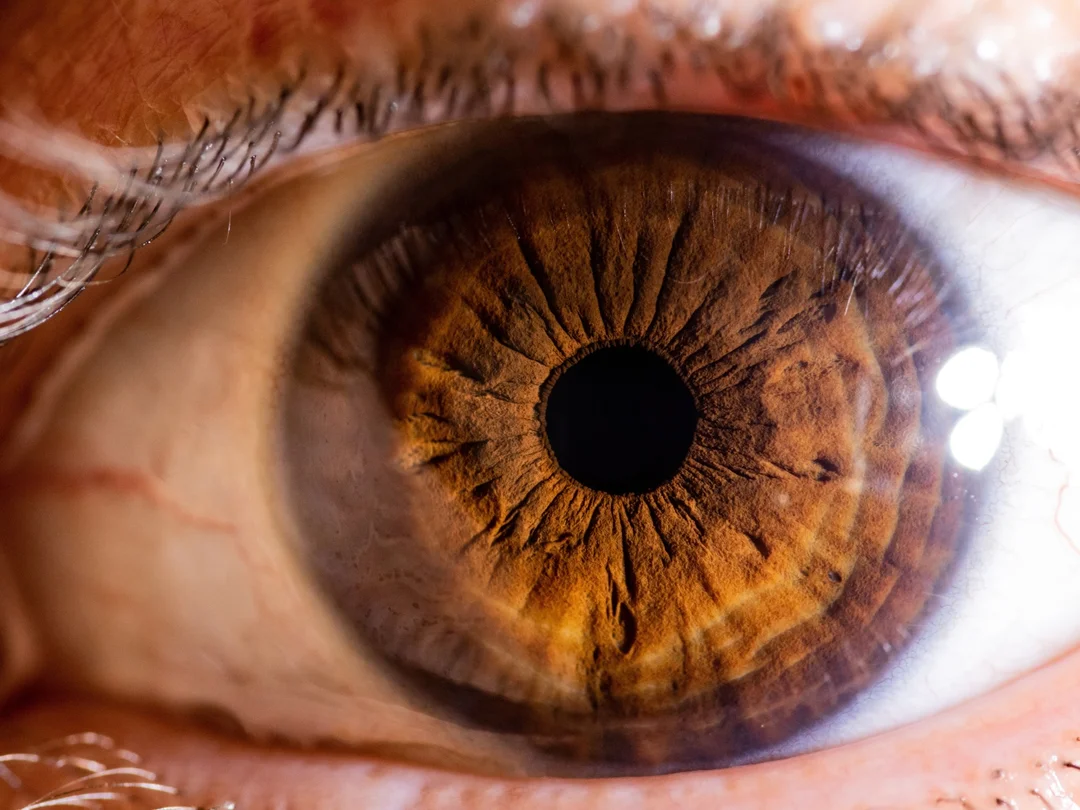
Scientists Discover ‘Impossible’ New Color, Artist Claims to Have Bottled It: The ‘Olo’ Saga
Scientists have seemingly unlocked a new frontier in human vision, claiming to have created a color beyond our natural perception. Dubbed “olo,” this elusive hue is said to be a profoundly saturated teal, unlike anything seen before. But can this 'impossible' color truly be captured and replicated outside the confines of a lab?
Researchers at the University of California, Berkeley, used a technique involving precisely targeted laser pulses to stimulate specific cone cells in the eye. This bypassed the natural limitations of human vision, allowing participants to experience olo. According to Austin Roorda, a scientist on the Berkeley team, olo doesn't exist in the real world like other colors do; it's literally an 'optical trick.'

Enter British artist Stuart Semple, known for his audacious and sometimes controversial art stunts. Semple claims to have not only reproduced olo but bottled it as paint, which he has named "YOLO", and is selling it on his website. He has stated that "Scientists may not be interested in the artistic uses for their new color discovery but I am."
However, the scientific community is skeptical, with Roorda firmly stating that recreating olo outside their experimental setup is “impossible.” He argued that any reproduced color would “just pale by comparison,” as the experience of olo relies on a unique manipulation of human vision.

Semple is not one to back down. He has a history of challenging exclusivity in the art world, most notably when he created his own version of Vantablack, the extremely dark paint initially licensed exclusively to artist Anish Kapoor. Semple claims his YOLO paint emulates the olo experience, utilizing "fluorescent optical brighteners."
The clash between science and art raises interesting questions about the nature of color perception and the pursuit of the seemingly impossible. While scientists explore the limits of human vision through technological intervention, artists like Semple seek to interpret and democratize these discoveries, pushing the boundaries of creativity and accessibility. As James Fong, a Ph.D. student that named the color, put it, “How many people have named a color?”
Is Semple's YOLO a genuine representation of the scientifically induced olo, or is it a clever marketing ploy playing on the mystique of an unattainable hue? Regardless, the story highlights the complex relationship between scientific advancement, artistic interpretation, and our perception of reality. What do you think? Will we be seeing olo-inspired art soon? Share your thoughts in the comments below!
Related issues news
Is Olo a new color?
But here's the deal: You can see it only by being shot in the eye with a laser. Scientists at the University of California, Berkeley, who have witnessed the new color they dubbed 'olo' described it as a deep, rich blue-greenish hue that can't be seen with the naked human eye.
What is the Olo color?
The color, dubbed olo, is described as an intensely saturated teal. Researchers say it might have applications in understanding color blindness.
How to see the new color olo?
The researchers based in the United States said they were able to u201cexperienceu201d the colour, which they named u201colou201d, by firing laser pulses into their eyes using a device named after the Wizard of Oz. Olo cannot be seen with the naked eye, but the five people who have seen it describe it as being similar to teal.
What is the newest color?
Described as a kind of blue-green, the new coloru2014named u201colou201du2014can only be seen using lasers to manipulate certain photoreceptors.